Private Line Emulation
Private Line Emulation (PLE) is a pillar of the Routed Optical Networking solution. PLE allows non-Ethernet type services such as SONET/SDH, OTN, and Fiber Channel to be carried over the same MPLS or Segment Routing network. PLE also supports bit-transparent Ethernet services where required.
High-revenue and legacy private line services, carried over a dedicated inefficient TDM OTN layer, exist in the network infrastructure of most service providers. PLE enables service providers to carry SONET/SDH, OTN, Ethernet, and Fiber Channel over a circuit-style segment routed packet network while maintaining existing service SLAs. PLE utilizes Circuit Emulation (CEM) to transfer PLE client frames over MPLS or SR networks transparently, without changing the characteristics of the original signal.
Benefits of PLE
PLE enables service providers and enterprises to
-
collapse network layers
-
decrease network complexity, and
-
increase network efficiency
Supported payloads
PLE supports these payloads.
|
PLE transport type |
Supported payloads |
|---|---|
|
Ethernet |
1GE and 10GE |
|
OTN |
OTU2 and OTU2e |
|
SONET |
OC-48 and OC-192 |
|
SDH |
STM-16 and STM-64 |
|
Fiber Channel |
FC1, FC2, FC4, FC8, FC16, and FC32 |
The combination of payloads is also supported.
Supported hardware
PLE supports these hardware:
-
NC55-OIP-02 MPA (Modular Port Adapter)
This MPA is supported in the NC55A2-MOD-S and NC57C3-MOD-SYS routers. For more information, see Specifications of Cisco NCS 5500 series routers.

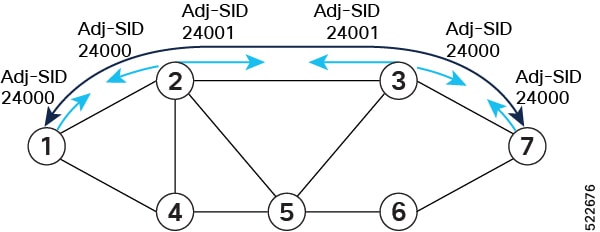

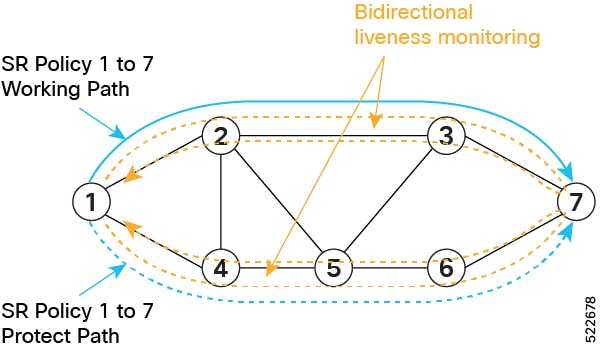
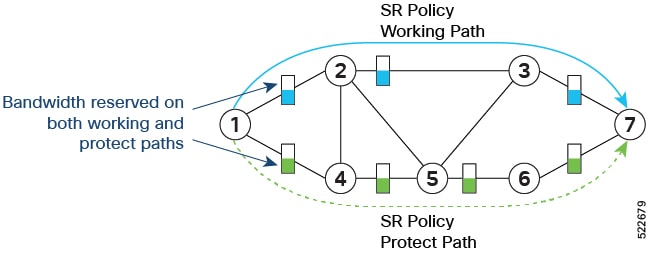



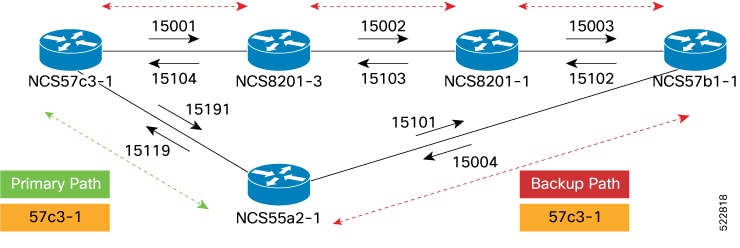
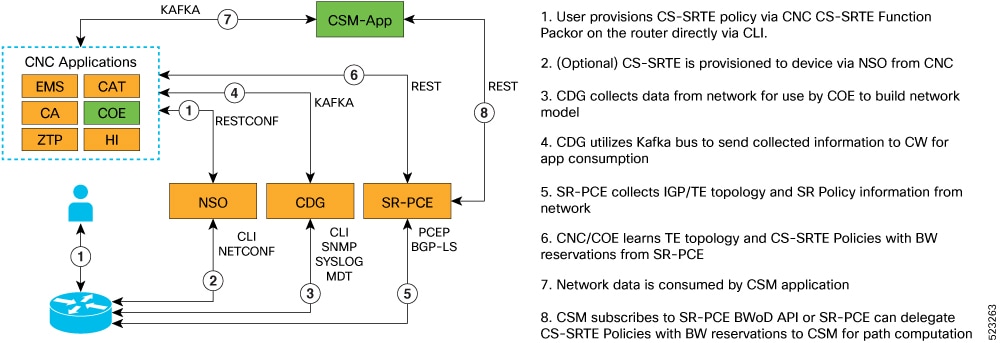
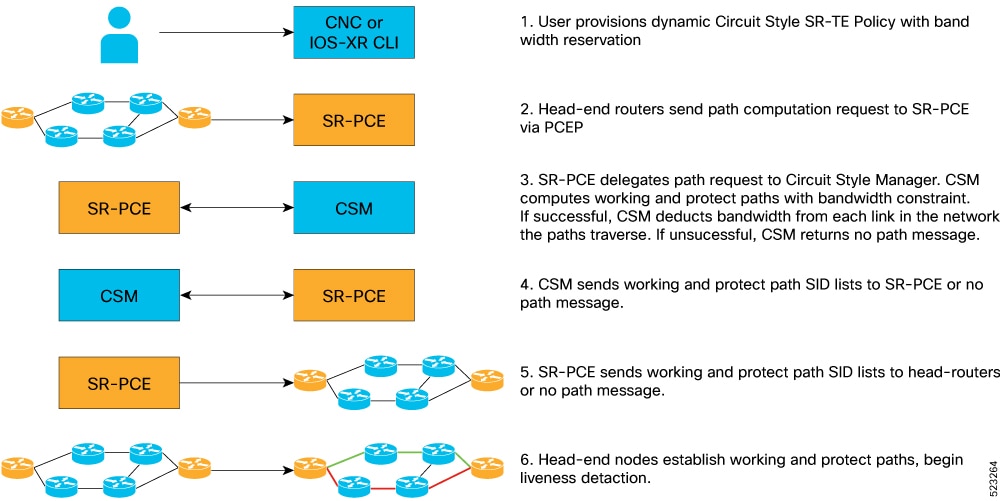

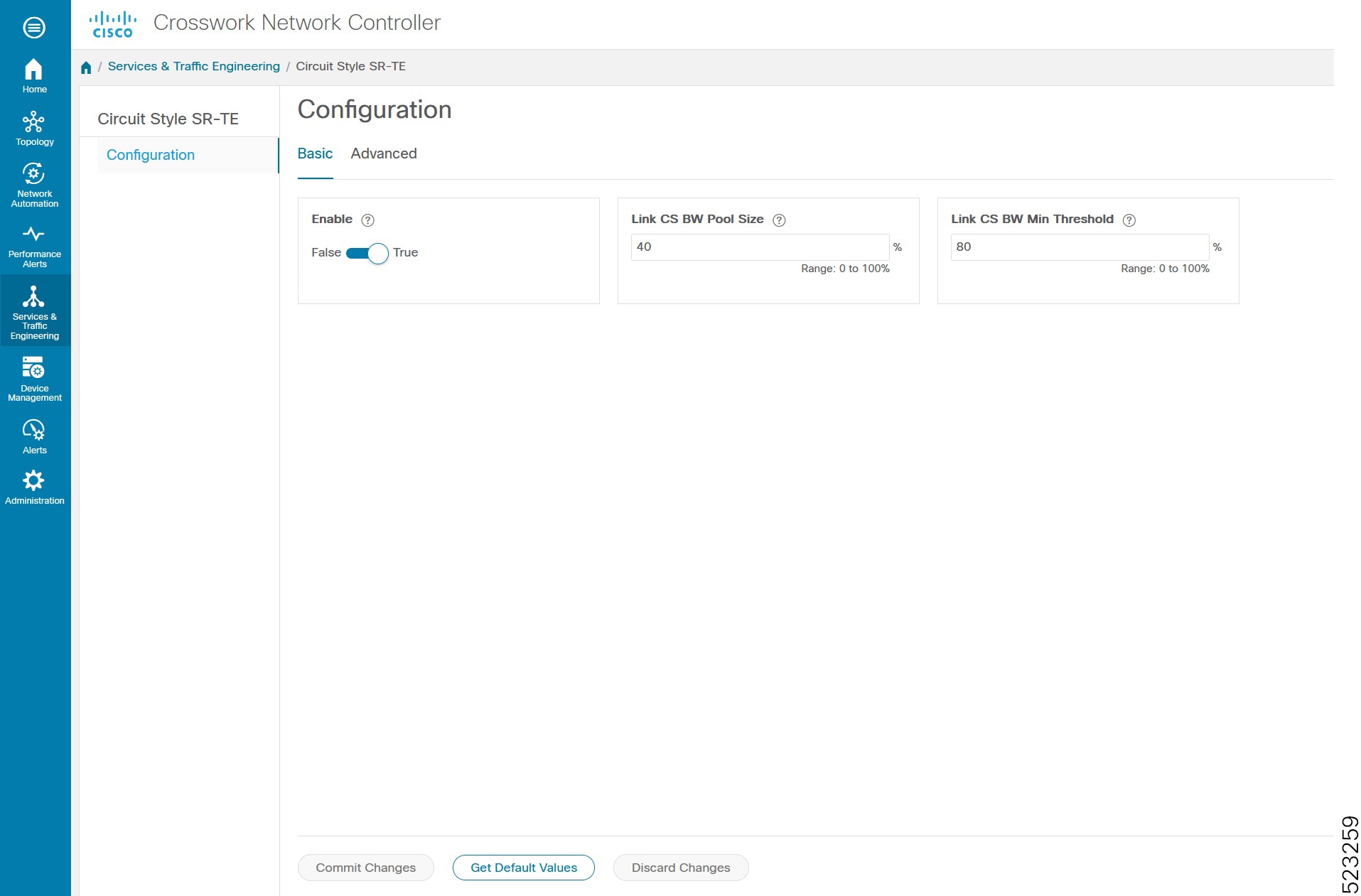
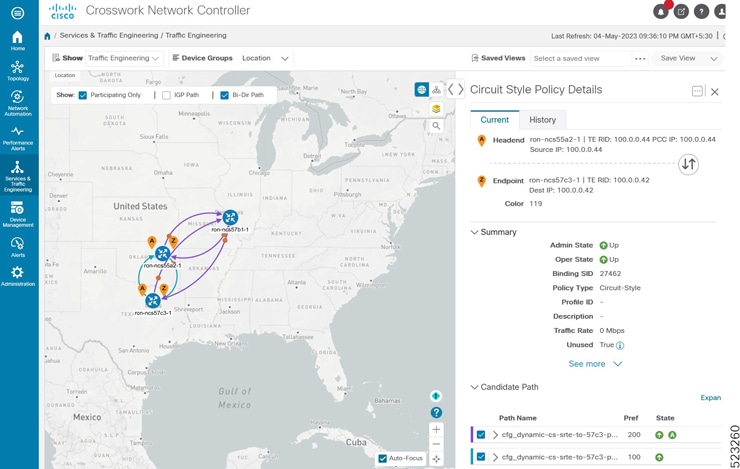

 Feedback
Feedback